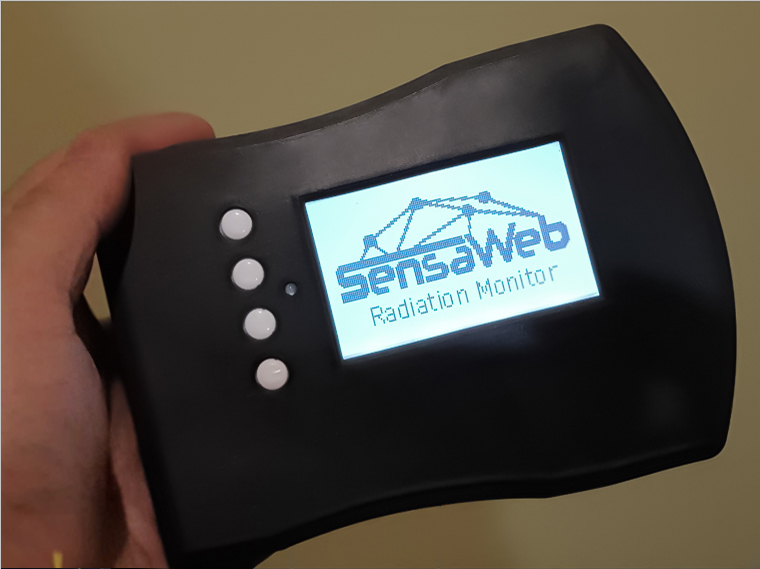If you’re a frequent traveller, you’re probably used to x-ray scanners and baggage checks at the airport. Metal detectors, millimeter-wave machines, backscatter x-ray, and cabinet x-ray machines: these equipment can detect dangerous items like weapons and chemicals with the use of radiation.

As most of us know, radiation, especially at high levels, can damage cells and pose health threats. Cells can either repair over time or change, that’s why long-term cumulative effects are possible even with low doses.
However, radiation from airport scanners is not as dangerous, especially for passengers who get exposed once in a while. But how about airport screeners/staff who are more often exposed?
Do Airport Employees Need Personal Radiation Monitors?
Like mining and hospitals, the aviation and aerospace industry have occupational radiation exposure. In the case of airport security staff and airport passengers, there are no known safety and health concerns. The scanners emit low energy, much lower than mobile phones.
How Do Scanning Machines Work?
In Australia, the Australian government invested in full-body scanners and rolled them out across national airports in 2012. Since then, these have been part of security measures.

There are two kinds of full-body scanners: backscatter x-ray scanners and millimeter-wave scanners.
Backscatter x-rays are rarely used nowadays. This type generates low-energy x-rays that penetrate clothing and bounce off a person’s skin and items under their clothes. The scanner then detects this and creates an image of the person and the carried items.
On the other hand, millimeter-wave scanners use radiofrequency waves and are more common and preferred because they are less intrusive. Millimeter waves are non-ionising and of low intensity.
Although these machines emit very low radiation, if a passenger chooses not to take any risk, they can opt-out of getting through them. An authorized employee will perform a personal scan and a pat-down that takes no more than 10 minutes.
In-Flight Radiation Exposure
Space radiation from flights is more of a concern than the dose received by airport screeners, as travelers are exposed to far more radiation on the flight itself.

“Flight crew has the highest incidence of certain types of cancer across all professions, most likely due to cosmic radiation, yet there is no true understanding of the exposure levels that flight crew and passengers are exposed to,” SensaWeb CEO Simon Turner said.
Radiation and Environmental Monitoring Devices

Any organisation that needs to monitor and report on their Radiation and X-ray regulatory requirements can benefit from automated reporting.
Acquiring real data in REAL-TIME from radiation monitors can help safety officers detect and interdict radioactive materials.
Proudly located in South-East Queensland, Australia, SensaWeb is a company providing Radiation and Environmental Monitors for enterprises. Our solution covers all aspects of the monitoring, management, reporting, and notification process and covers multiple sensor types. Connect with us at https://www.sensaweb.com.au/contact/ or our email address: info@sensaweb.com.au. You can also call us at +61 415 409 467.